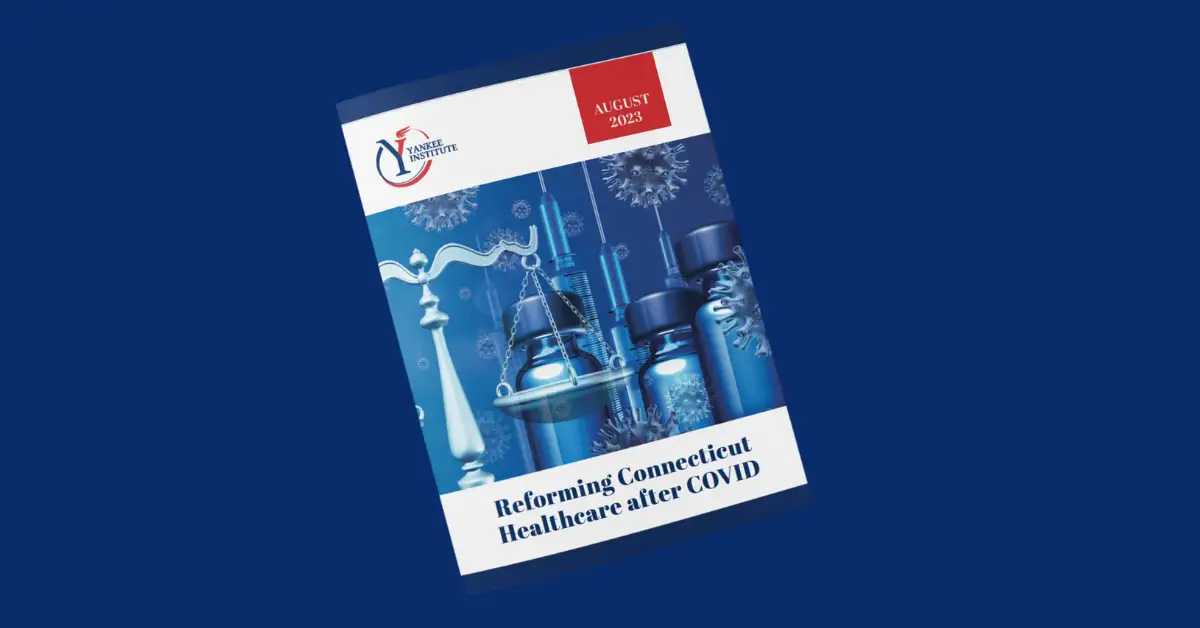Reforming Connecticut Healthcare after COVID – Download
Along many dimensions, America offers the finest healthcare available in the world. That said, numerous aspects of American healthcare have long been problematic. The COVID-19 pandemic tossed quite a few new lemons into the basket (or revealed some older ones), but the pandemic also created an unprecedented array of new opportunities to improve healthcare. As the old adage goes, if you have lemons, make lemonade — and the Nutmeg State is primed to take advantage of that bit of folk wisdom.
Most observers can rattle off a menu of complaints about American healthcare. These include constricted supplies (particularly in rural areas and inner cities), fragmented provision and varying quality of care, high prices, lack of transparency, surprise medical bills, varying health status across demographic groups, unevenly distributed outcomes and sizable uninsured populations. There’s even widespread agreement across party lines about these problems.
“Great system” and “all of the above problems” are not mutually inconsistent. It does suggest the need to try some unconventional approaches to solving those problems — approaches that differ from those that dominated the debate from the end of World War II to the passage of the Affordable Care Act (ACA) and after. Deciding what to do — and what not to do — is the challenge.
The problem comes in finding unconventional solutions to the problems. Politically, the American establishment has been fractured sharply along party lines when it comes to healthcare, particularly due to debate being focused on insurance rather than delivery systems. Each party has pursued what it perceives to be a radically different approach from that advocated by the other party, leading to a rancorous debate. The key is to aim for solutions that are not zero-sum games. The debate over the ACA and alternative proposals was contentious because they were largely redistributive in nature— improving the care and coverage for one segment of society required worsening the situation for another. Expanding coverage for some, for example, led to higher deductibles for others. Debate over redistribution is always rancorous.
The alternative to redistribution is to seek changes in production techniques that, at least in theory, benefit the entire population. Rather than asking, “How can we increase coverage?” we can ask, “How can we provide better health to more people at lower cost, year after year?” Toward that end, this paper is based around several questions:
I. How does Connecticut’s healthcare compare to other states’?
II. How did the COVID-19 pandemic induce a shift in the healthcare debate?
III. What are some specific policies by which Connecticut could improve its healthcare system?
Reforming Connecticut Healthcare after COVID – Download
TO READ THE FULL REPORT:
- Click beneath report to expand screen for full view.
- Click on side arrows to flip the pages.
- Click on “+” or “-” to zoom in and out on pages.
- Click on bottom navigation bar to view the Table of Contents.

